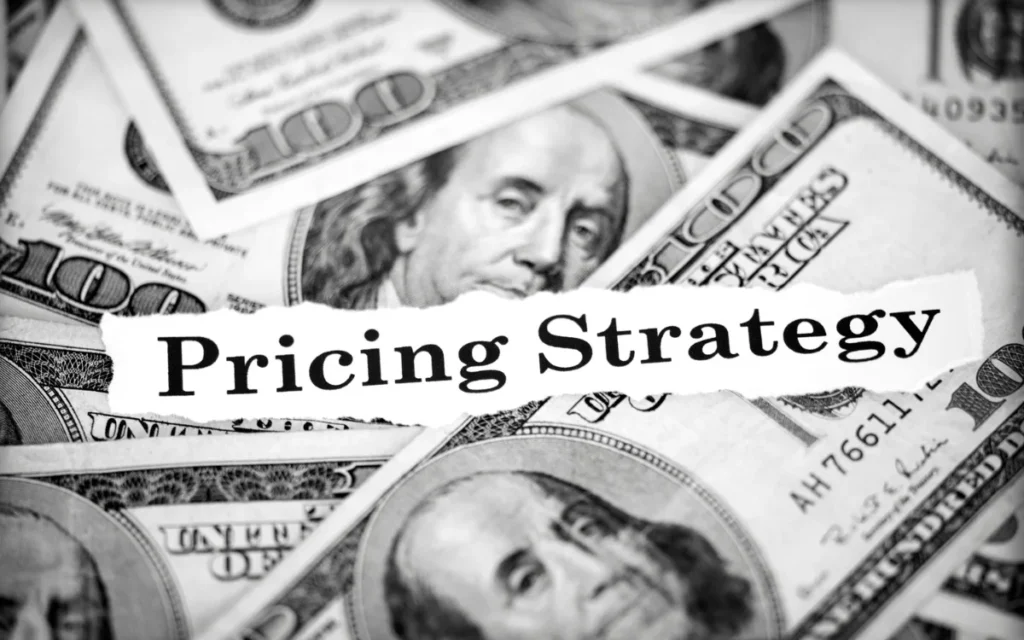Post Date: March 13, 2023

Marketing math is a crucial part of running a successful business. It is used to evaluate numbers and see if your marketing efforts have yielded profitable results. Knowing how to use marketing math is essential when running a small business, as it helps you determine the success of your marketing strategies.
There are four main marketing math formulas you must know, including:
- Return on Investment (ROI)
- Customer Acquisition Cost (CAC)
- Customer Lifetime Value (LTV)
- Churn Rate.
These equations are important to understand in order to get an insight into your customer experience and retention. Knowing these equations will help you reframe your marketing strategy and maximize your profits.
Calculating Your Return on Investment (ROI)
Calculating your return on investment (ROI) is an essential part of marketing math. This equation tells you how much you are earning back from what you have spent money on.
To calculate your ROI, choose any period and subtract the amount invested from your revenue. Then, divide that number by the investment amount and multiply by 100 to see the return percentage. For example, if you invested $10,000 in marketing for a quarter and earned $75,000 in revenue for that same period, your ROI would be 650%.
Knowing your ROI can help you evaluate if your marketing strategies are worth the investment, and if not, it’s time to switch strategies.
Calculating Your Customer Acquisition Cost (CAC)
Calculating your customer acquisition cost (CAC) is a key marketing math equation that tells you how much it costs to acquire a new customer. To calculate your CAC, you need to add up all your sales and marketing expenses and divide them by the number of new customers for that given time frame.
This includes website maintenance costs, pay-per-click advertising, commercials, signs, and any money spent on your social media accounts.
Knowing your CAC is important because it can determine the marketing strategies you can afford to employ. It also helps determine if your return on investment is higher than the amount you’re investing.
With the right marketing math, you can determine how to effectively spend your money and increase your revenue.
Calculating Your Customer Lifetime Value (LTV)
Customer lifetime value (LTV) is a key marketing math equation that evaluates the revenue a business can generate from a customer during their relationship with the business. LTV is especially important for small businesses because it provides insight into how successful their marketing strategies are. If a customer’s LTV is lower than their customer acquisition cost (CAC), then it’s time to reframe the business’s marketing strategy. To accurately calculate LTV, businesses must have data on their:
- Average Purchase Value: the average amount of a sale at your business over a period of time..
- Average Purchase Frequency: is how often a customer shops with you over a period of time.
- Average Customer Value is your Average Purchase Value multiplied by your Average Purchase Frequency.
- Average Customer Lifespan – the number of years a customer shops with you.
You can find your LTV by multiplying your Average Customer Value by your Average Customer Lifespan. The most challenging part of finding your LTV is collecting the required data. Sales or KPI tracking software will do this for you if you have it. If not, you can use general averages over a given period of time.
The lifetime value of your customers (LTV) is a key marketing math equation because it takes into account customer acquisition costs (CAC). If the LTV is $2,500 on average but your CAC is $3,240, you’re losing $740 on every customer. That means it’s time to reframe your marketing strategy.
Calculating Your Churn Rate
Calculating your churn rate is an important part of understanding the health of your business. Your churn rate is the percentage of customers that leave your business within a given period.
Knowing this equation is essential in order to determine if your marketing strategies are effective and to identify potential problems with customer experience.
To calculate your churn rate, take a set time frame and subtract the number of customers you have at the end of that period from the number of customers you had at the beginning.
Then, divide that number by the number of customers you had in the beginning and multiply by 100 to see the percentage of customers who have left. Monitoring and understanding your churn rate is key to a successful business.
For example; If you started 2020 with 3,880 customers and ended the year with 1,227, your churn rate would be 68.4%.

Tips for Maximizing Your Marketing Math Strategies
To maximize your marketing math strategies, start by focusing on your CAC. This is because the amount you must spend to get each new customer greatly impacts your marketing and the steps your business should take to cut costs and maximize profit.
If you know your CAC, you can use it to compare the lifetime value of your customers. If the lifetime value of your customers is lower than your CAC, it’s time to rethink your marketing strategies. Additionally, calculate your churn rate to get an insight into your customer retention or experience.
If you’re losing customers, it could be an indication that your marketing efforts are not working. Lastly, use your ROI to evaluate how successful your marketing strategies have been. If you’re spending more than what you get in return, it’s time to switch things up.
Resources to Learn More About Marketing Math
1. Take a Course: Taking an online course is a great way to learn more about marketing math. Courses like Udemy, Coursera, and edX offer comprehensive courses on the subject. You can also find marketing math courses at your local community college or university.
2. Read a Book: There are a number of excellent books available on the subject of marketing math. Popular titles include “Marketing Math Made Simple” by Ralf Skirr and “The Mathematics of Marketing” by Steve Gershik.
3. Watch Videos: Youtube and other streaming services offer a wealth of videos on the topic of marketing math. Companies like HubSpot and Moz have great videos on their channels, as well as tutorials from influencers like Gary Vaynerchuk.
4. Follow Blogs: There are a number of great blogs dedicated to helping businesses understand and utilize marketing math. Popular blogs include Moz’s blog and Neil Patel’s QuickSprout blog.
5. Attend Seminars: Marketing math seminars are offered throughout the year by various organizations and companies. You can find seminars on marketing math at industry events like SXSW, Web Summit, and Content Marketing World.
6. Hire a Consultant: If you don’t have the time or resources to learn marketing math yourself, you can always hire an expert consultant to help you. Consultants can help you understand the principles of marketing math and guide you in making the right decisions for your business.
Conclusion
From the given factual data, it is evident that marketing math is an essential component of running a successful small business.
By understanding the four main marketing math equations – return on investment, customer acquisition cost, customer lifetime value, and churn rate – business owners can gain a better understanding of their marketing strategies and make necessary changes to ensure their long-term success.
Knowing how to use these equations and adjust accordingly can be the difference between a period of growth and stagnation for a business. To learn more about these equations, business owners can purchase the “No B.S. Guide to Maximum Referrals & Customer Retention” from Amazon and Barnes & Noble. Additionally, they can download a free copy of the retention guide by filling out the form below.






